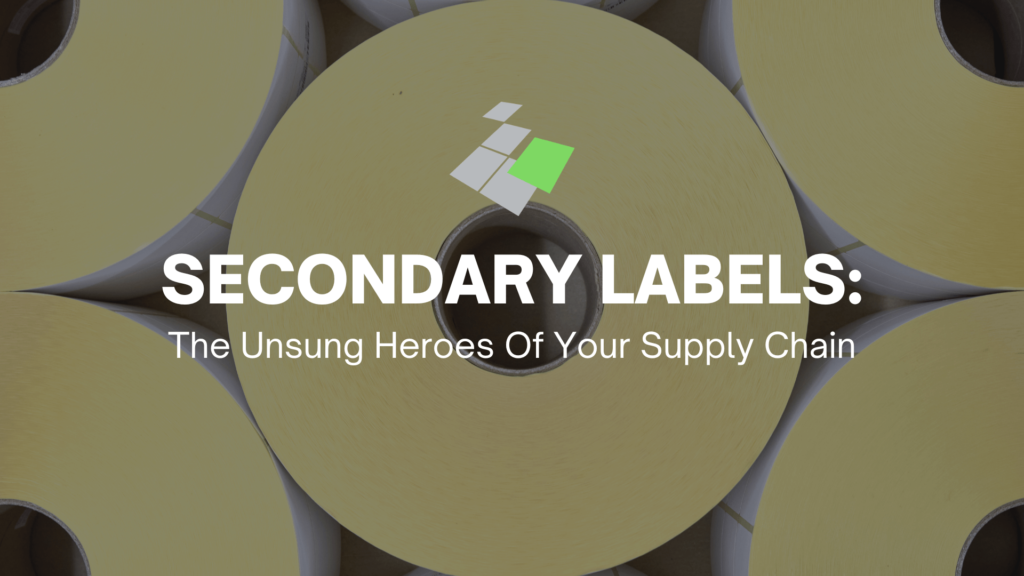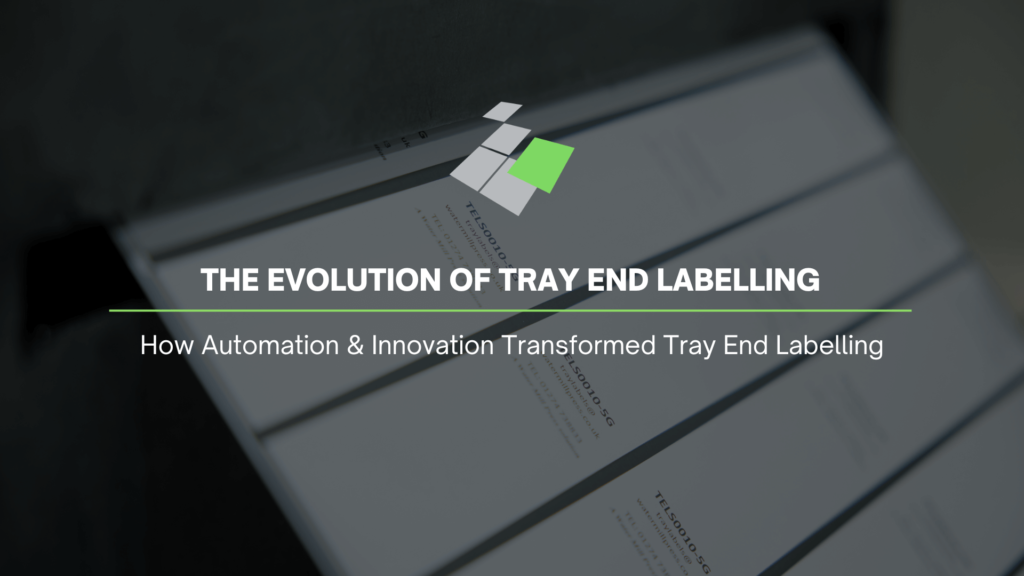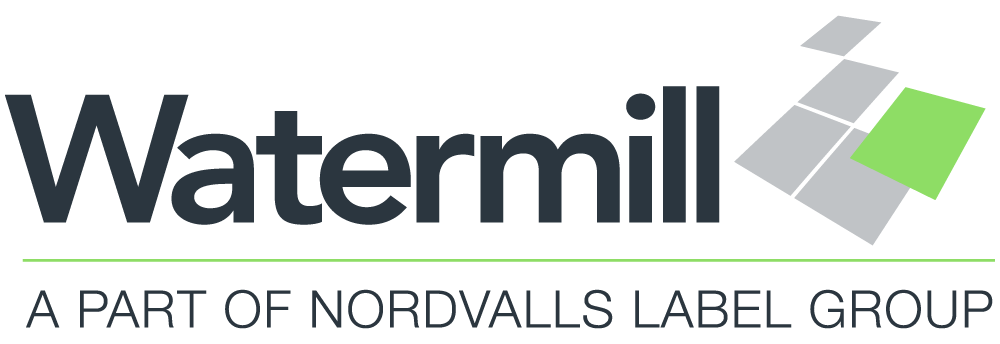Secondary Labels: The Unsung Heroes of Your Supply Chain
In the world of business operations, supply chains, and manufacturing, some elements tend to fly under the radar, until they become critical. One of these often overlooked components is the secondary label. For stakeholders focused on driving efficiency, sustainability, and cost-effectiveness, understanding what secondary labels are and their strategic role is key.

What Exactly Are Secondary Labels?
At their core, secondary labels are plain, self-adhesive labels used for logistical and operational purposes. They typically don’t bear eye-catching designs or branding like primary labels, which are consumer-facing. Instead, they are the functional workhorses behind the scenes, applied to packages, products, or pallets to carry essential information like barcodes, batch numbers, instructions, or shipping details.
In short, secondary labels are what keep supply chains running smoothly.
Why Should Directors and Senior Managers Care?
While secondary labels may seem like a small detail, they play a pivotal role in streamlining operations and can offer surprising opportunities for innovation, efficiency, and cost savings. Here’s why they should be on your radar:
1. Operational Efficiency and Traceability
Secondary labels are integral to the seamless operation of supply chains. They help track goods through every stage of production, distribution, and sale. Whether it’s inventory management, quality control, or shipping, these labels ensure that your products are properly accounted for and traceable from start to finish.
As businesses grow and scale, inefficiencies in labelling processes can lead to errors, delays, and increased costs. Procurement and operational leaders who prioritise optimising their secondary labelling strategies can help mitigate these risks while improving overall operational efficiency.
2. Compliance and Regulation
Secondary labels often carry vital regulatory information, especially for industries like pharmaceuticals, food and beverage, and chemicals. From safety instructions to batch numbers, these labels ensure that products comply with stringent industry regulations. Any misstep in labelling could lead to costly penalties, recalls, or damage to brand reputation.
For senior managers responsible for risk management and compliance, ensuring the accuracy and reliability of secondary labels is essential. Aligning with the right labelling partner can minimise these risks, ensuring regulatory standards are met without compromise.
3. Sustainability and Corporate Responsibility
Sustainability is now a boardroom priority, and secondary labels provide an easy, impactful way to make your operations greener. Opting for eco-friendly or thinner materials can significantly reduce your environmental footprint.
For stakeholders tasked with driving sustainability initiatives, even a simple component like secondary labels can make a measurable difference. Companies like Watermill Press, for example, offer a comprehensive label assessment called REGEN that identifies such opportunities.
4. Cost Savings and Efficiency
In a world where every line item affects the bottom line, secondary labels present a subtle yet effective opportunity to save on costs. Re-engineering your labelling requirements, standardising formats, or reducing material waste can achieve significant cost savings without sacrificing quality or functionality.
For senior managers focused on optimising budgets, rethinking secondary labels might not be an obvious first step but it’s one that can generate a real financial impact.


The Strategic Importance of Secondary Labels
To put it simply, secondary labels are the backbone of your supply chain and logistics operations. Their accuracy, reliability, and efficiency directly influence your company’s ability to meet customer demands, comply with regulations, and achieve operational excellence.
The takeaway is clear, secondary labels are more than just adhesive paper. They represent a strategic opportunity to improve your business’s efficiency, sustainability, and cost-effectiveness.
Related Posts
Explore our knowledge hub dedicated to secondary labelling and tertiary packaging. Dive into informative articles that reflect our expertise and values, offering clarity on key topics while addressing your questions and concerns.

10 Key Reasons Why Leading UK Businesses Switch Label Suppliers
In the fast-paced world of retail, every detail matters, especially labels. Without them, finished products wouldn’t reach the consumer. From primary to secondary packaging and tertiary packaging, a manufacturer’s choice of supplier can significantly impact operations, costs, and customer experience.

The Evolution of Tray End Labelling
In the ever-evolving world of logistics and distribution, tray end labels, also known as tray end cards, have become an essential part of the supply chain infrastructure. First introduced several decades ago, these labels were designed to bring clarity, efficiency, and traceability to crate-based transportation systems.

Direct Thermal vs Thermal Transfer Printers: Making the Right Choice for Your Business Needs
When it comes to printing labels and barcodes thermal printing technologies dominate the field due to their efficiency and high-quality output. The two primary types of thermal printers are Direct Thermal and Thermal Transfer printers. While both use heat to print, their methods, applications, and advantages differ. Here’s an in-depth look at each technology to […]
